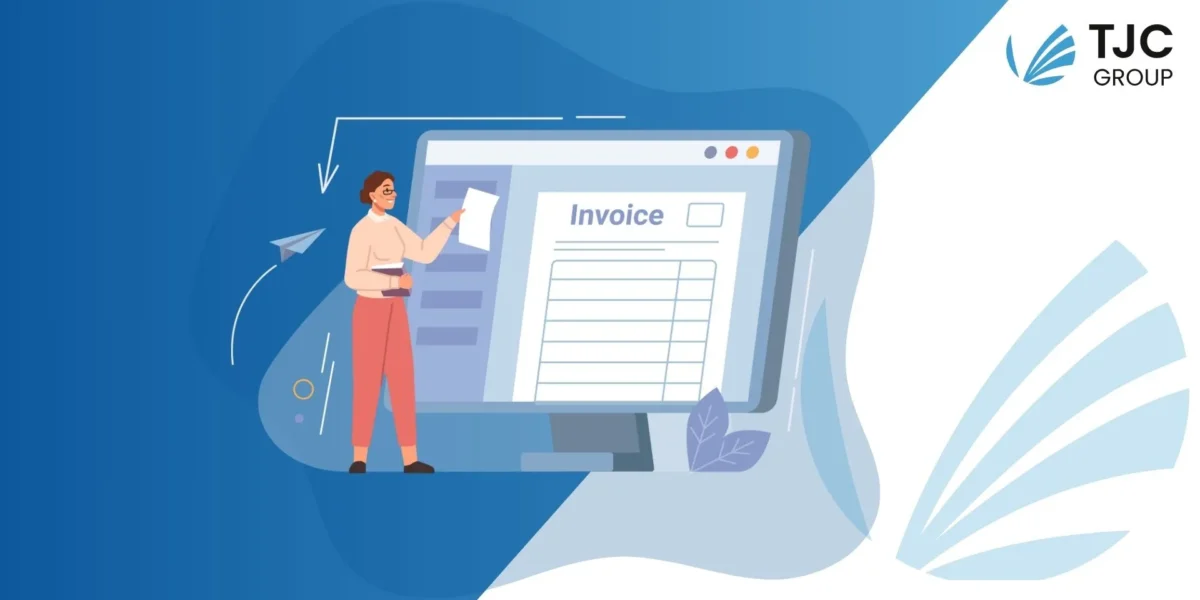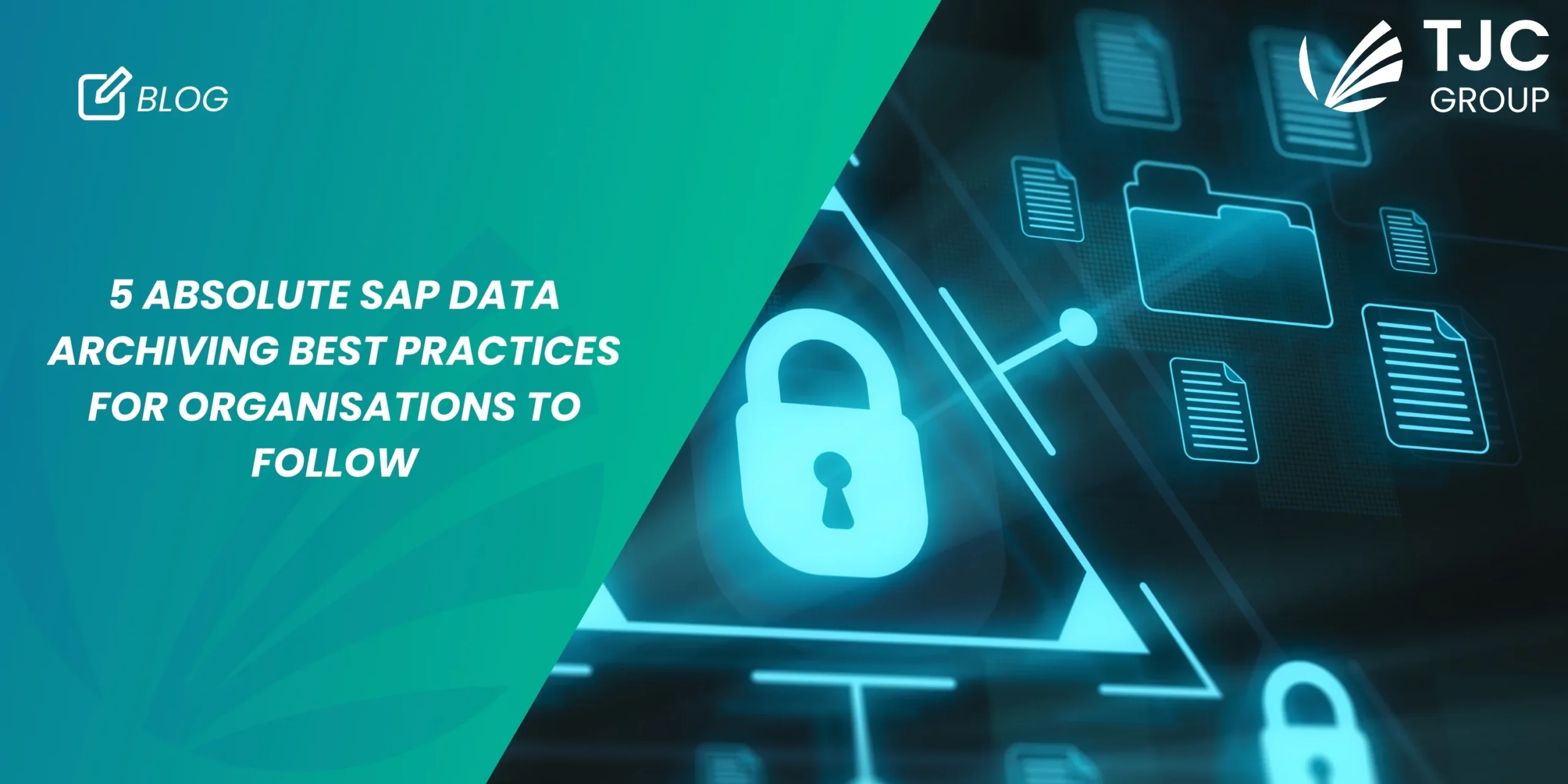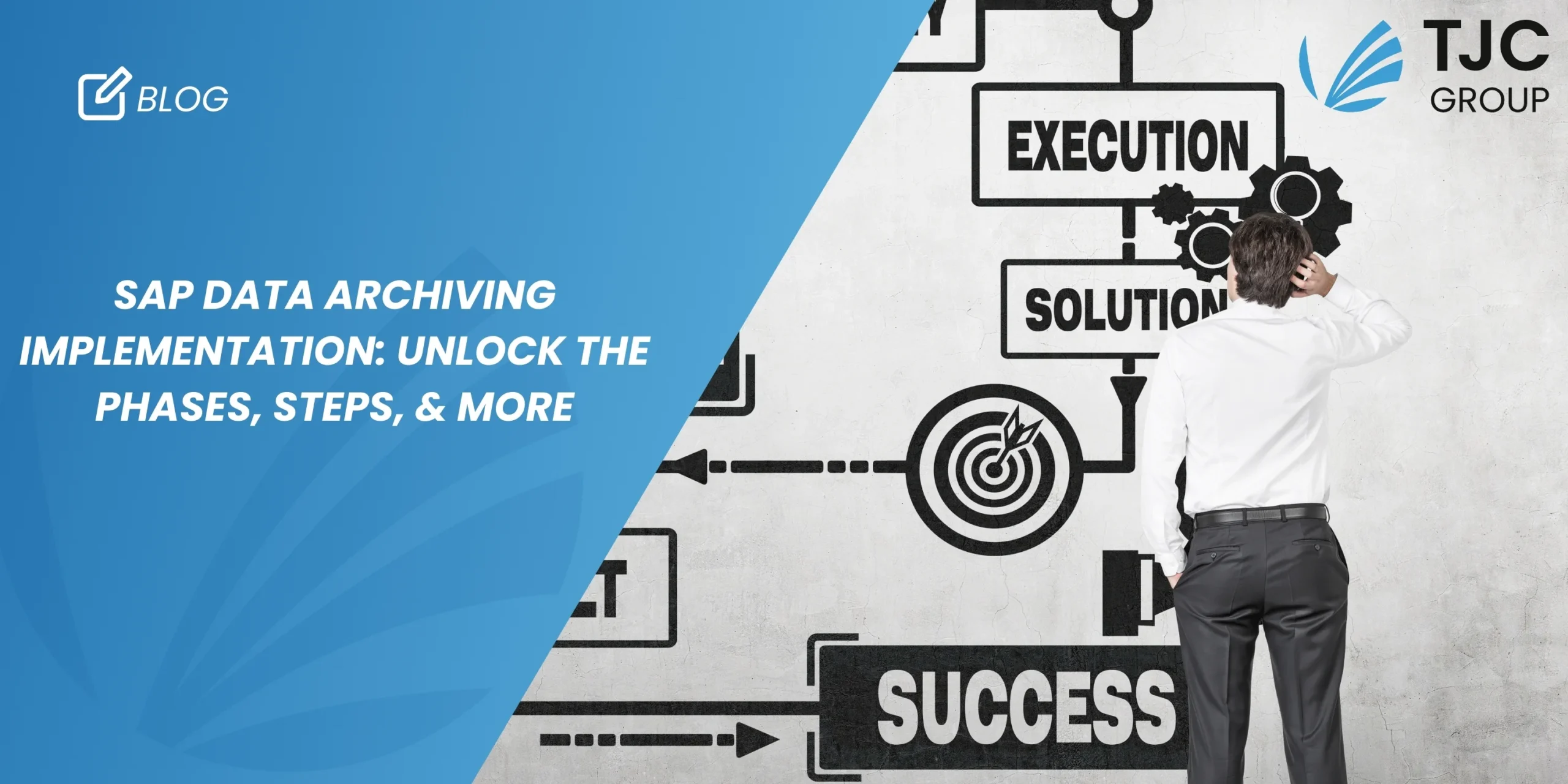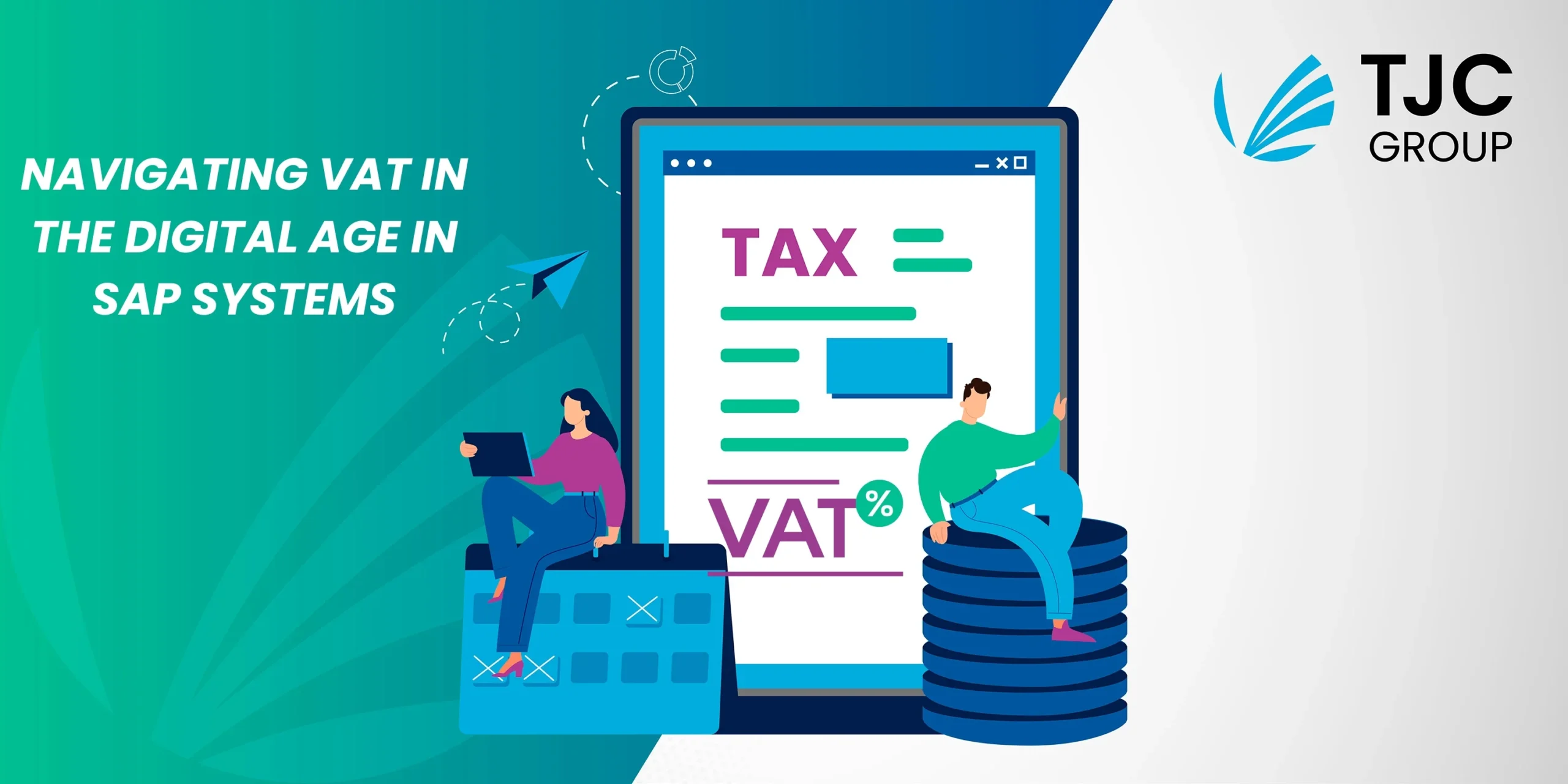
Table of contents
1. Introduction
E-invoicing and e-reporting have been implemented successfully in many countries, like France, Italy, South Korea, Singapore, India, and so on, with many more countries gearing up to implement them in the coming months and years. However, implementing electronic invoicing and electronic reporting also brings a set of challenges that businesses must overcome. Then again, what are the challenges, and how do one overcome them? This blog addresses just that! Keep reading to find out.
2. What are the challenges of implementing e-invoicing & e-reporting?
Every solution has pros and challenges, and so does electronic invoicing and reporting. Although they have helped organisations streamline their operations significantly concerning tax regulations, here are some of the challenges that businesses face –
2.1 Different regulations in different countries
No country will have the same regulations. They might be similar, but not entirely the same. The foremost challenge with e-invoicing and e-reporting is that legal and regulatory compliance differs in each country. Electronic invoicing and reporting solutions are being implemented everywhere, regardless of which a universal approach towards adopting them is missing. It makes the process complex, especially for internationally operating enterprises. Complying with every country’s tax legislation can be tedious, and it is not just tax regulations; some countries have specifications regarding invoicing formats, data retention periods, digital signatures, and authentication methods. While you can familiarise yourself with all the regulations, it is not an efficient solution for the long term.
2.2 Data integrity is a challenge
Data accuracy and integrity are pivotal for electronic invoicing and reporting. As the data goes directly to the government authorities, errors and discrepancies can lead to organisations getting heavy penalties. Here’s when the implementation of robust data validation techniques comes into play. Along with this, employing digital signatures (per the country’s regulations) and other verification methods may safeguard your data against fraud and tampering; however, the question is – to what extent are they reliable?
2.3 Integrating ERP systems can be complicated
Another challenge organisations face while implementing e-invoicing and e-reporting is ERP systems integration, which is pretty complex. ERP systems must be integrated with APIs and other business systems/techniques, which are customised to comply with the e-invoicing and e-reporting structure. However, integration can be complex as businesses use different ERPs or billing systems across their departments or subsidiaries. Additionally, integrating these diverse systems can be complicated because of various data structures, technologies and versions, communication protocols, etc. For the same, organisations may need to transform, map, or clean the data for compatibility and accurate exchange of information.

2.4 System security challenges
The electronic invoicing and reporting solution is a step by governments across the globe towards improving taxation systems. However, the system security issues remain a challenge here, which can be due to obsolete systems or technologies. With new compliance updates coming up, it is essential to adopt a more centralised and sustainable approach so that businesses can avoid these security risks and tackle the ever-changing trends with ease.
2.5 Reconciling e-invoice data and VAT returns
One of the challenges organisations experiences is the complications in reconciling e-invoice data and VAT returns. There could be a scenario where, after uploading the invoice on the e-invoicing portal, organisations have to reconcile the data. Although it should happen automatically, there have been instances where users need to use a tool or utility for reconciling the data.
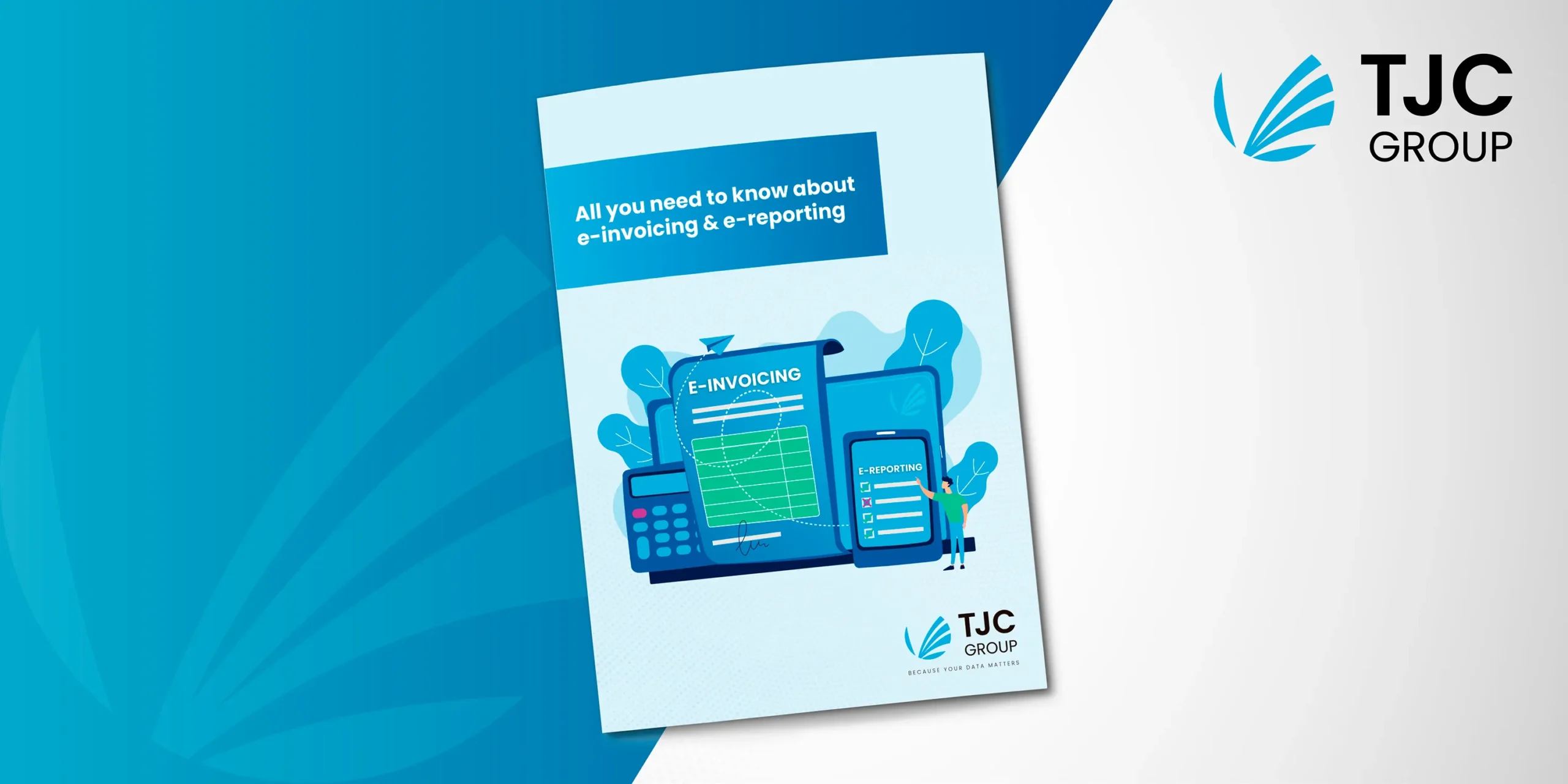
2.6 Cashflow impact
Regular cashflow is a priority for any organisation – large or small. But with e-invoicing and e-reporting, a question often comes to mind – what if the cash flow is slow with e-invoicing? With inefficient e-invoicing and reporting systems, an impact on the cashflow is possible. Because it leads to delays in sending the invoices or there may be inaccuracies, which can cause disputes. That said, such inefficiencies in the system also delay payments from customers, missed opportunities for early payment discounts, and so on, directly impacting the company’s receivables and cashflows.
3. How do organisations overcome these challenges?
One of the most effective ways to overcome these challenges is implementing the SAP Document and Reporting Compliance, i.e., SAP DRC. It is your go-to solution for not just these but all the e-invoicing and e-reporting concerns.
SAP DRC allows the creation, processing, and monitoring of transactional documents and periodic reporting, thereby enabling organisations to stay compliant with the legal framework and regulations of the region. It has a streamlined approach towards tax compliance, and along with its embedded automation, the document reporting and compliance solution helps maximise efficiency, reduce cost and compliance risks, and enhance the sustainability of tax operations.

3.1 Features of SAP DRC that you must know of
SAP DRC comes with outstanding features that make it one of the most reliable solutions for all e-invoicing and e-reporting requirements –
1. The SAP Document and Reporting Compliance solution comes with a compliance calendar that helps users prompt and monitor obligations globally.
2. It automates submissions and gains insights backed by data into transactions, thereby supporting a complete audit.
3. The solution comes with a customised checklist that digitalises and automates activities through adjustments to approvals in the systems of the record.
4. SAP DRC can help embed real-time, actionable insights into the ERP systems, which helps prevent disruptions and ensures a smooth operation.
5. It has a centralised entry point that helps manage corrections and follow-ups effectively.

4. Implement SAP DRC with TJC Group
Choosing the right partner for implementing the SAP Document and Reporting Compliance solution is crucial for ensuring that organisations experience the advantages of the solution at the max. Here’s how TJC Group helps you implement SAP DRC with its SAP Activate methodology –
- Using the proven SAP Activate methodology, we help plan and execute the project and deliver optimised templates and accelerators.
- Our team of experts performs an initial project scoping important to identify possibilities and alleviate risks for project implementation and business impact.
- We define the best scope of practice, develop an initial scope statement, a fit/gap analysis and curate a project schedule for implementing SAP DRC.
- TJC Group goes the extra mile with its talented and senior SAP finance consultants, who work as an extension of your team.

TJC Group has 25+ years of experience assisting clients with challenges in SAP data management for tax and audit purposes. The company understands the legal requirements for tax and audit, the business needs, and the technical aspects of compliance.
Contact us today to overcome your e-invoicing and e-reporting challenges with SAP DRC!


